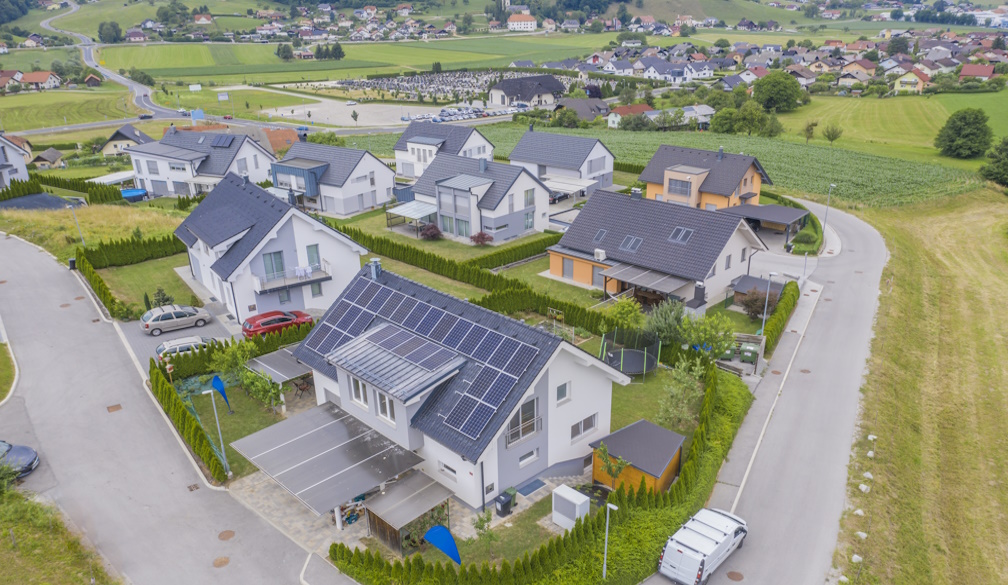A Modern and Economical Solution for Land Protection and Reinforcement
- Written by The Times
Flexible rope net gabions, mainly known as rock bags, are a modern and cost-effective method of protecting and reinforcing land areas against erosion. They are made of a flexible mesh and are filled with rocks to form a strong barrier. They are an environmentally friendly alternative to traditional methods such as traditional gabions because they use natural materials such as rocks instead of manufactured products like concrete blocks or steel sheets. They can be used for retaining walls, streambank stabilisation, flood control, and other applications. In this article, we will explore the benefits, types, uses and applications, and installation and maintenance requirements of flexible rope net gabions in detail.
Benefits of Flexible Rope Net Gabions:
Flexible rope net gabions offer many advantages over traditional earthworks, including greater flexibility in design, lower costs, and faster installation times. One benefit of flexible rope net gabions is their cost-effectiveness. Compared to traditional stone or concrete walls, these flexible mesh nets or rock bags are much more affordable because they require minimal labour costs for installation, as well as fewer material costs due to their lightweight design. Additionally, since the nets can be moved after installation, you don’t have to worry about long-term maintenance requirements such as regular painting or staining that would normally be required with stone or concrete walls.
Another advantage of flexible rope net gabions is their strength and durability. The mesh used in these nets provides superior protection from the elements without sacrificing flexibility or strength; this makes them perfect for areas prone to harsh environmental conditions. Moreover, their strength and durability make them ideal for use in areas where traditional methods would be impractical or impossible.
Types of Gabions:
The most commonly used gabions come in several varieties depending on the application they are intended for. In general, they consist of a galvanised steel basket filled with rock or other material such as sand or gravel for stability and drainage. The basket is then held together by steel ropes woven around the edges of the mesh panels.
The baskets can also be filled with vegetation such as grasses, shrubs, or trees which provide additional support while also offering an aesthetically pleasing look. This can help create attractive green spaces that blend into existing landscapes rather than detract from them as traditional walls might do.
However, nowadays a new solution is taking over due to its flexibility and adaptability to all kinds of terrain. Flexible rock bags - which are sometimes called flexible rope net gabions, or sack gabions - are simply mesh bags made of recycled materials that are filled with rocks. Just as the most-known gabions, these create retaining walls and protect all kinds of structures from erosion. Their main advantage is they create great conditions for ecosystems to thrive, are made from recycled materials and are easy to deploy.
Uses and Applications of Gabions:
Gabions are containers that have been used for centuries to protect and reinforce soil, buildings, and coastal areas. These wire cages filled with stones are most commonly used in applications where a strong retaining structure is required to provide stability against erosion, flooding, or other natural disasters. More recently, gabions have become popular for aesthetic purposes as well.
Rock Bags, aka Flexible Gabions:
The flexibility of the rope nets used for the rock bags makes them ideal for use in many different construction projects. For example, as support systems for shoreline protection projects such as breakwaters and coastal revetments. These structures help reduce the risk of damage caused by wave action and storm surges while also providing structural support to surrounding lands. These are also often used in riverbank protection projects to retain soil on steep slopes or guard against mass wasting events like landslides. Moreover, they can be integrated into river embankments as part of flood control measures to help prevent flooding in low-lying areas during periods of heavy rains or snowmelt runoff from higher elevations upstream.






















